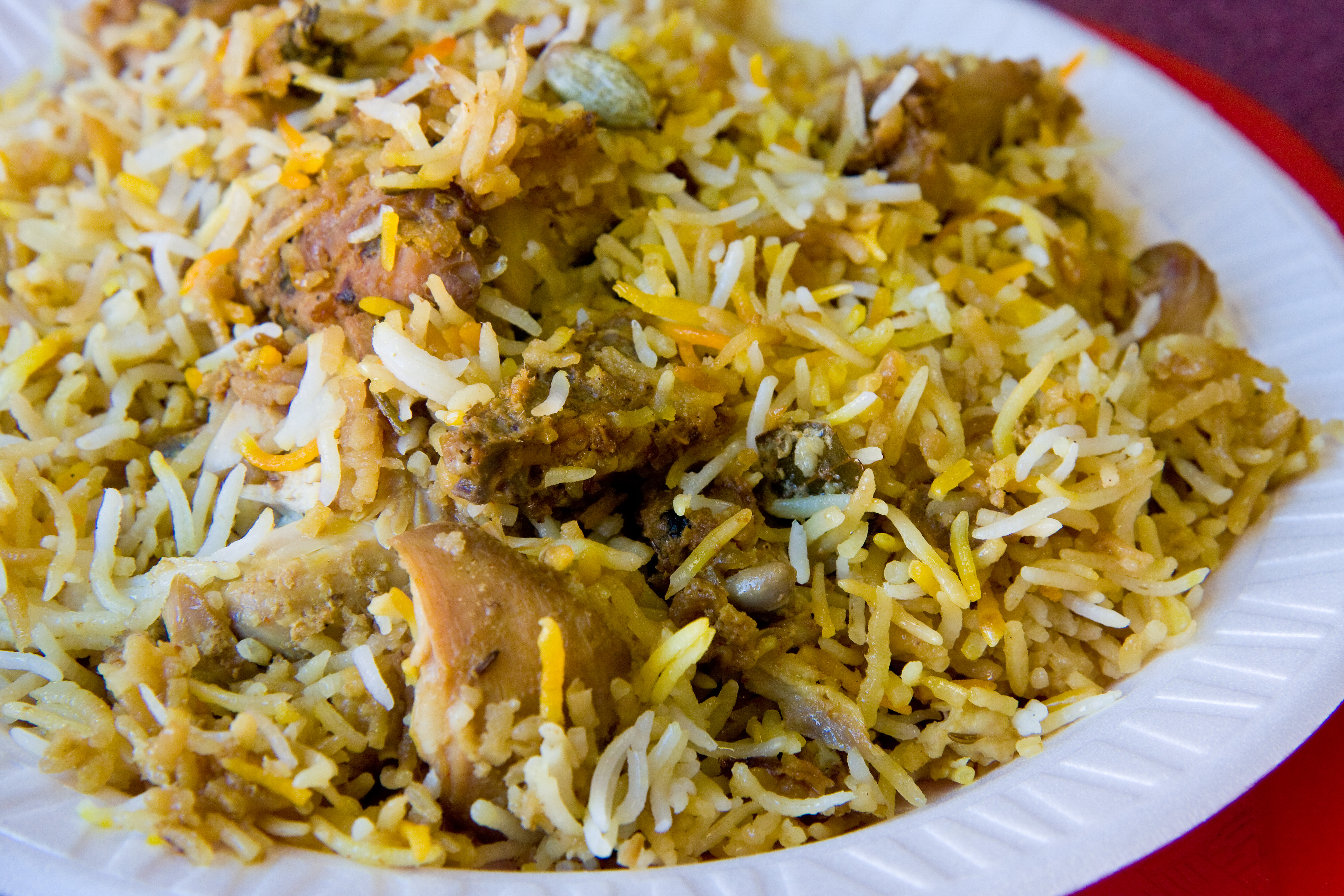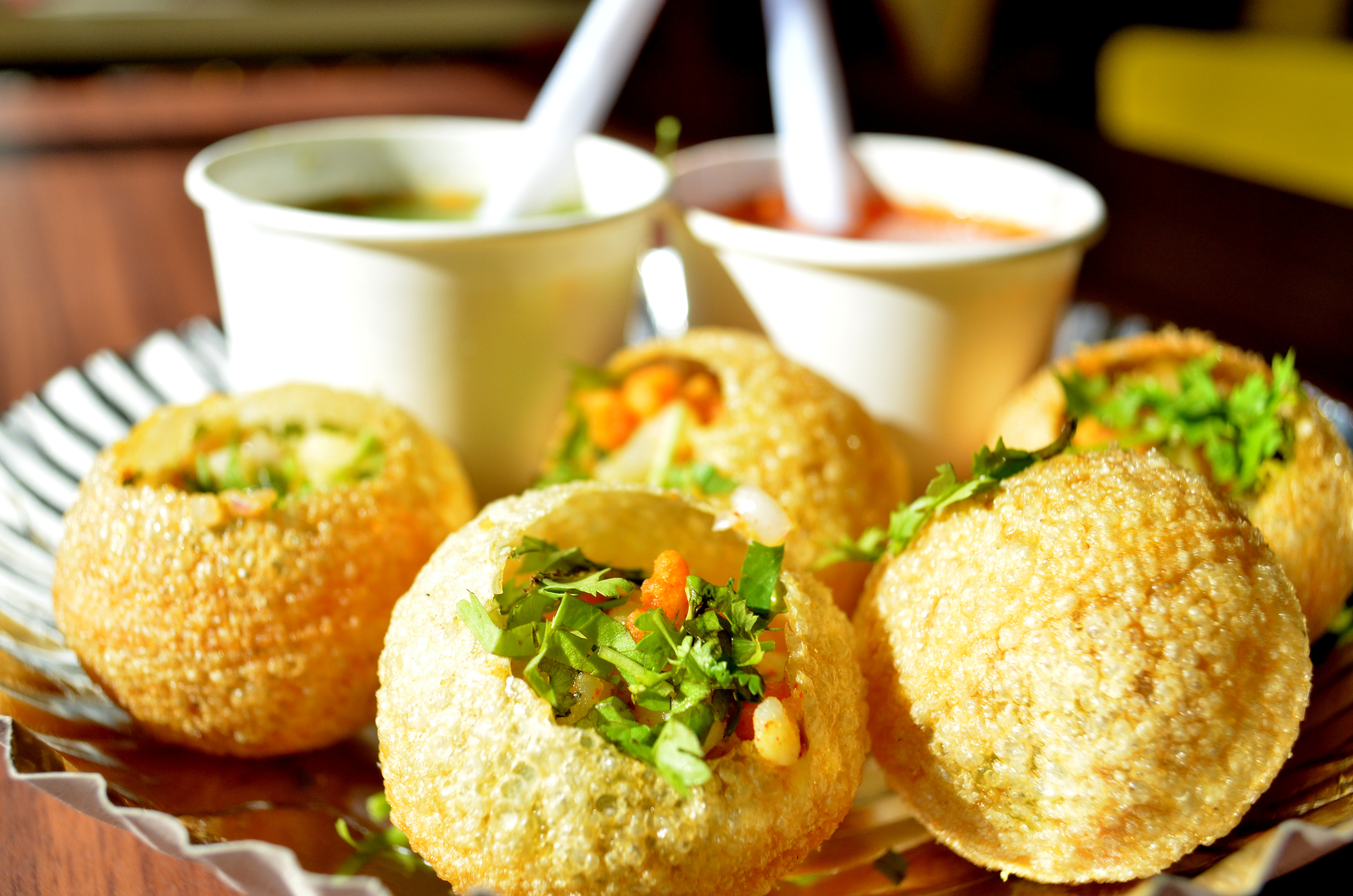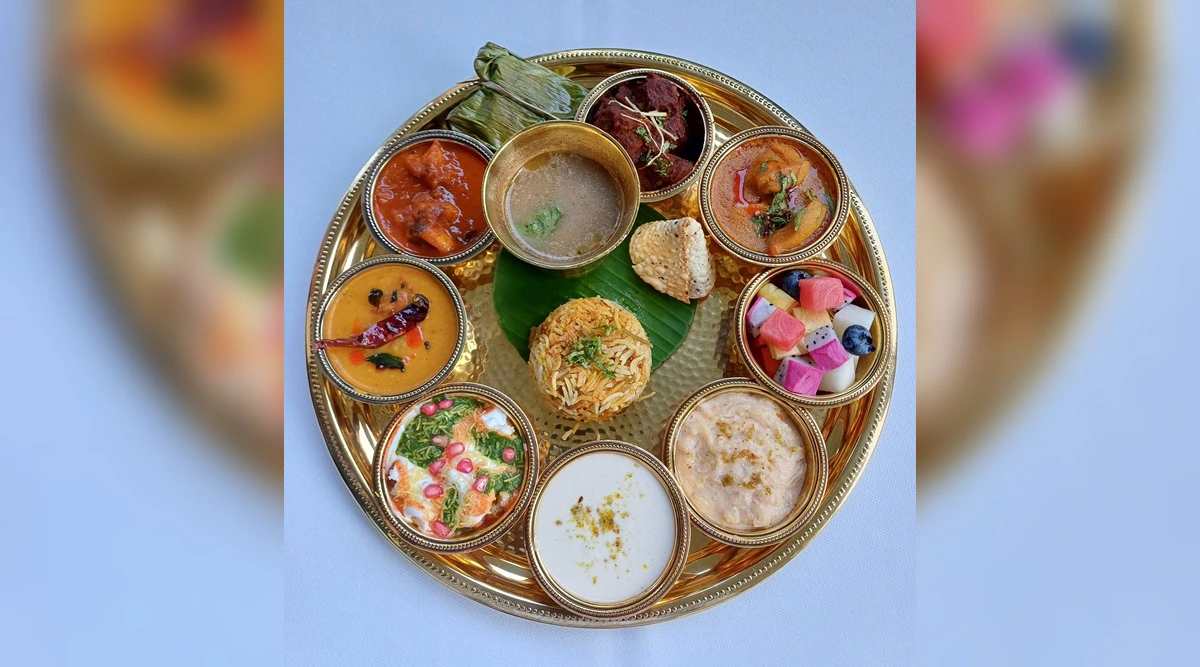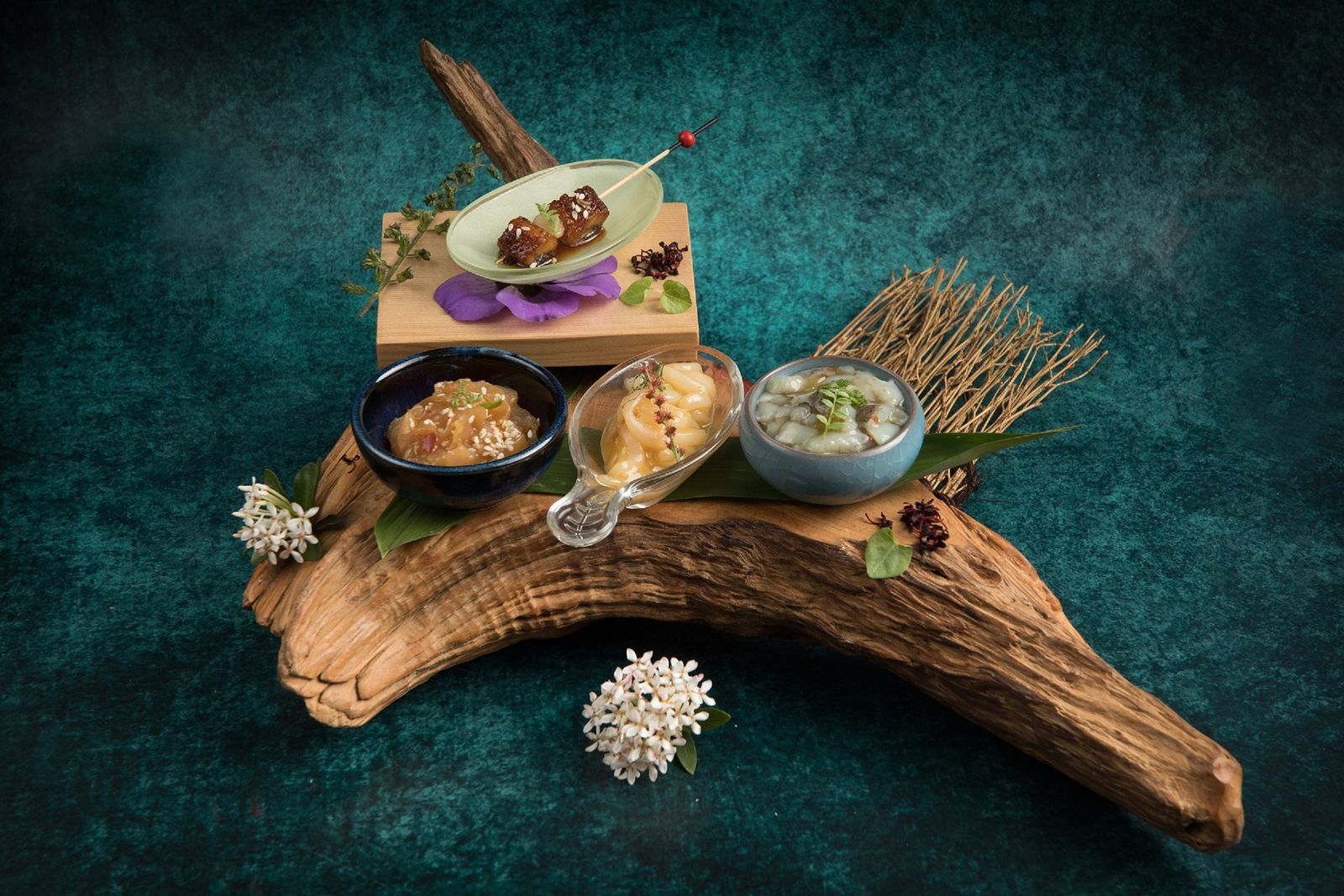.webp)
Vidushi Gaur/ New Delhi
When travellers set out to explore the world, they no longer seek only monuments or museums; they crave flavours that tell stories. A bite, a sip, a scent, each becomes a window into a culture’s soul.
In Québec, it’s the comfort of poutine, crispy fries layered with cheese curds and rich gravy, a humble dish that evolved into a Canadian symbol. In Japan, it’s ramen, a steaming bowl of noodles that carries echoes of post-war resilience and culinary innovation.
 Québec’s iconic poutine
Québec’s iconic poutine
But beyond the taste, there’s a deeper question: can gastronomy become a language of identity, diplomacy, and national pride? Around the world, that idea is gaining traction.
Culinary diplomacy and the power of the plate
Across nations, food is emerging as a potent form of cultural diplomacy, a soft power that transcends borders. It allows countries to influence perceptions, not through politics or economics, but through flavour, creativity, and community.
In Canada, the city of Kelowna in British Columbia has applied for UNESCO’s City of Gastronomy designation, a recognition granted to places where food culture drives creativity, sustainability, and social well-being. If successful, Kelowna would join global culinary capitals such as Parma (Italy), Chengdu (China), and Tucson (USA).
 The vineyards of Kelowna, British Columbia
The vineyards of Kelowna, British Columbia
Each of these cities has leveraged its cuisine to build an identity that the world can taste. For nations like India, whose regional flavours already carry centuries of history, gastronomy offers a similar opportunity to strengthen its cultural footprint on the world stage.
India’s culinary identity as soft power
In India, food has always been more than sustenance; it is a living archive of geography, tradition, and migration. Every region tells its story through ingredients and rituals: the tangy mustard fish of Bengal, the spice-layered biryanis of Hyderabad, the rich ghee of Rajasthan, or the coastal delicacies of Kerala.
 Hyderabadi biryani
Hyderabadi biryani
As Indian restaurants, chefs, and festivals gain global prominence, the nation’s culinary identity has quietly become one of its most persuasive exports. The “Incredible India” campaign may showcase architecture and landscapes, but it is Indian food, the flavours of turmeric, cardamom, and coconut that often forge the deepest emotional connections abroad.
Culinary diplomacy initiatives from international food festivals and diaspora-driven pop-ups to state-sponsored cultural events demonstrate how India’s gastronomy functions as soft power. It shapes perceptions, builds familiarity, and tells the world who we are: warm, diverse, inventive, and deeply rooted in heritage.
 Indian street food like Pani Puri
Indian street food like Pani Puri
In recent years, the government too has begun using food as a diplomatic instrument with far greater intention. During the G20 Summit in New Delhi (2023), India curated state menus that showcased regional specialities and traditional millets, serving cuisine as a statement of cultural confidence to world leaders. Embassies and diplomats are increasingly spotlighting Indian street-food favourites such as chaat and dosa in international events, presenting a vibrant, everyday taste of India rather than only its high-cuisine icons.
 Indian food thali
Indian food thali
Policy initiatives like the global promotion of millets connect India’s culinary heritage with narratives of sustainability, climate resilience, and health, expanding the meaning of Indian food beyond flavour to values. Government-supported food festivals, regional cuisine showcases, and cultural partnerships abroad continue to amplify India’s gastronomic identity, while diaspora-led restaurants and Michelin-recognised chefs reinforce this influence on the global palate. Together, these efforts demonstrate that India’s food is not just travelling overseas; it is shaping how the world perceives the country.
When food becomes a country’s brand
A dish can function like a cultural logo expressing not just the creativity of a chef, but the spirit of a nation. Whether it’s Italy’s pasta, Japan’s sushi, or Mexico’s tacos, food turns into an emblem of identity.
In the Indian context, chefs and entrepreneurs are increasingly redefining local cuisines for global audiences without losing authenticity. The rise of regional thalis, millet-based menus, and sustainable dining experiences shows how India’s culinary narrative is evolving from street food nostalgia to wellness-led global appeal.
Tourism data supports this evolution. Studies indicate that food tourism is now one of the fastest-growing travel trends globally, valued at nearly USD 1.8 billion in 2024 and projected to reach USD 8 billion by 2033. Travellers no longer just eat, they experience food as culture, memory, and emotion.
 Regional flavours reimagined through wellness-led fine dining
Regional flavours reimagined through wellness-led fine dining
Authenticity vs. Aesthetic
Yet, there’s a cautionary note. As destinations brand their cuisines for international recognition, authenticity often becomes a performance. Local recipes are sometimes altered to suit global palates, turning culture into a commodity. The challenge lies in balancing accessibility with integrity, allowing cuisine to evolve while keeping its soul intact.
Cities like Kelowna, or even Indian culinary hubs such as Lucknow, Kochi, and Amritsar, must find ways to celebrate their food heritage without turning authenticity into a marketing slogan.
The Future: Taste as identity
Food, in its simplest form, connects people. But in its grandest form, it defines them. Gastronomy has become the new language of diplomacy, a tool through which nations express creativity, sustainability, and shared humanity.
READ MORE: Tariq Alam's school in Kapali has changed the destiny of workers' children
As India continues to project its influence on the world stage from technology to cinema, its culinary legacy remains an equally powerful ambassador. The aroma of spices, the generosity of flavours, and the stories simmering in every kitchen remind the world that gastronomy is not just about what we eat- it’s about who we are.
